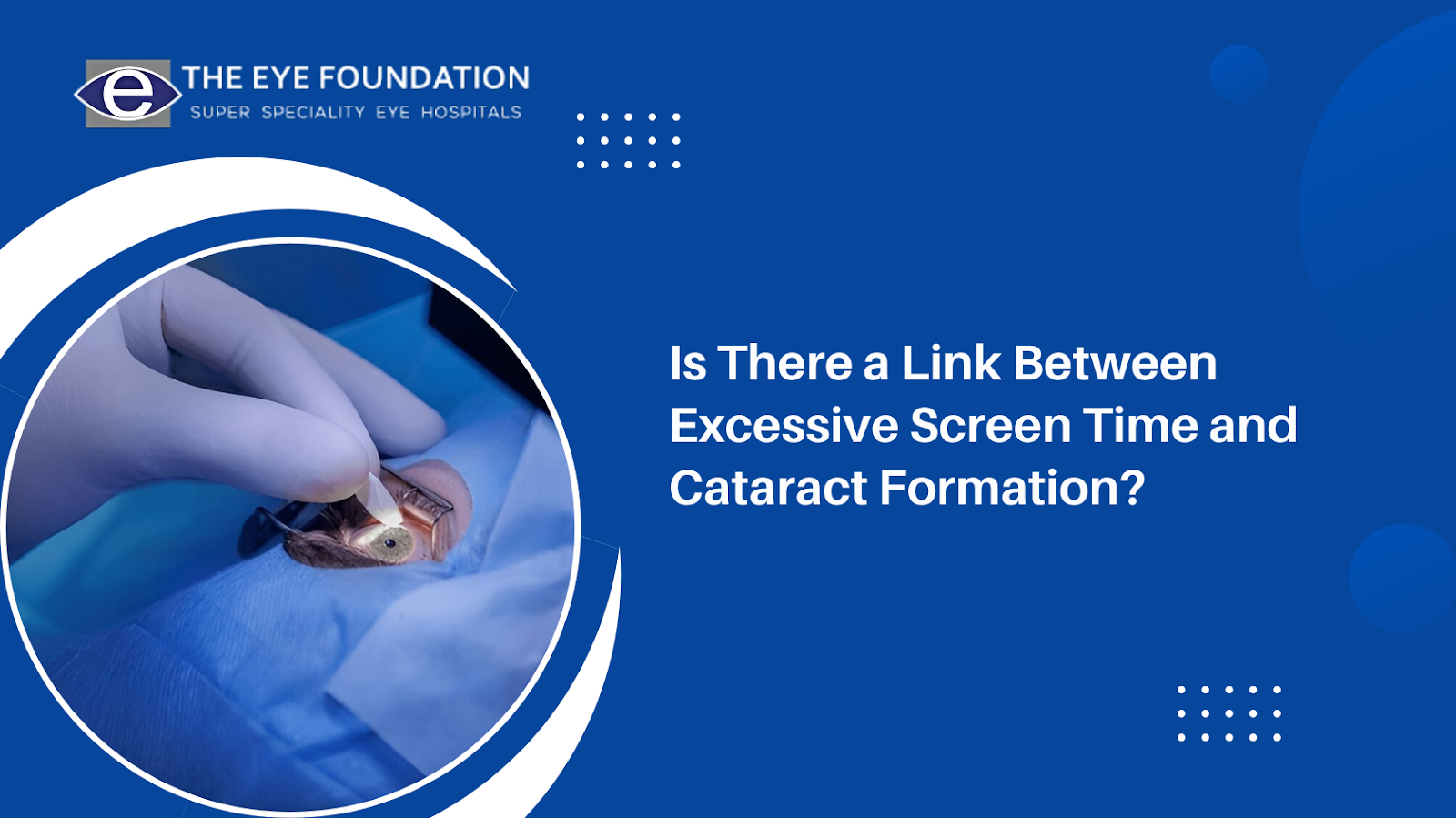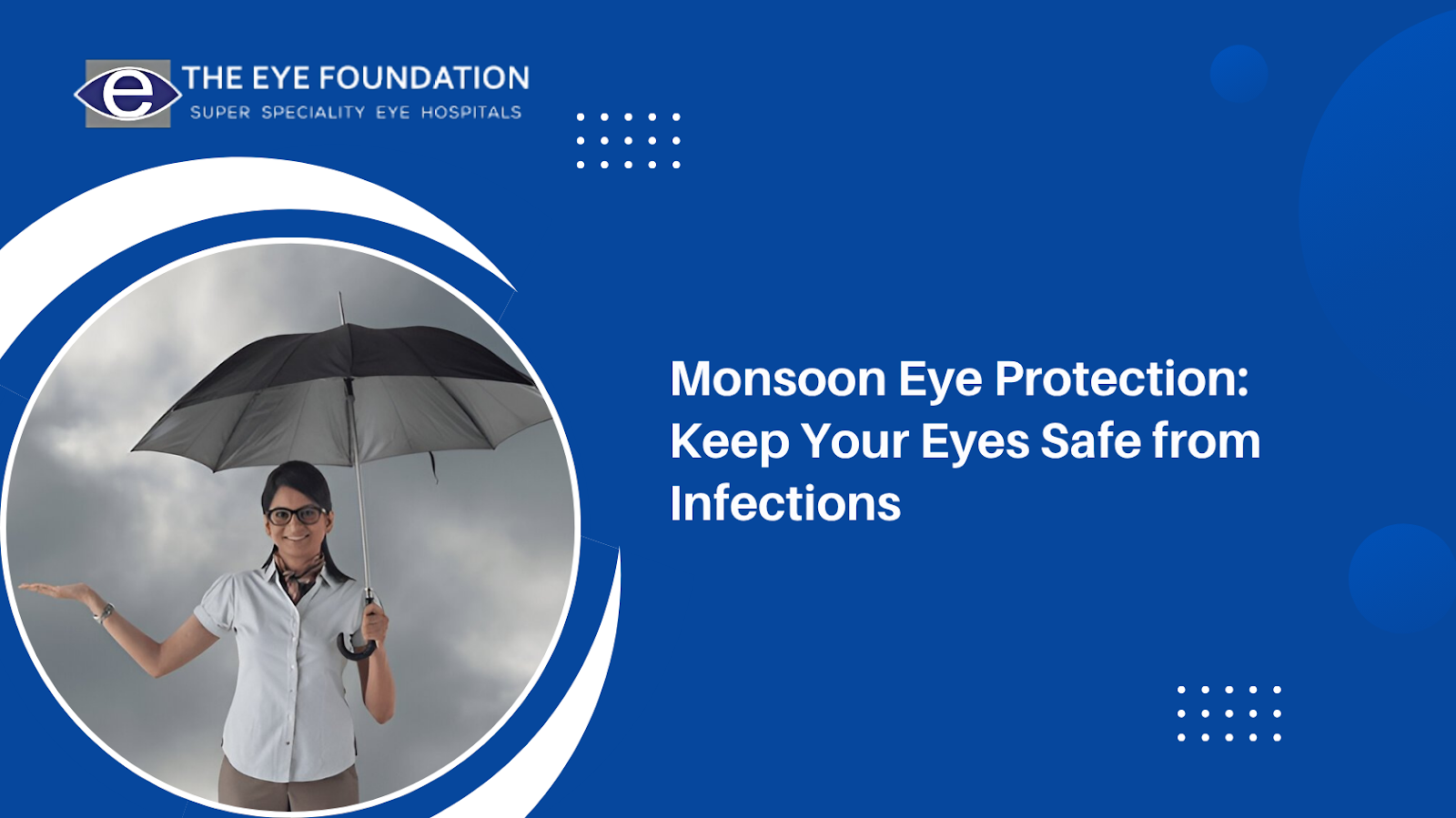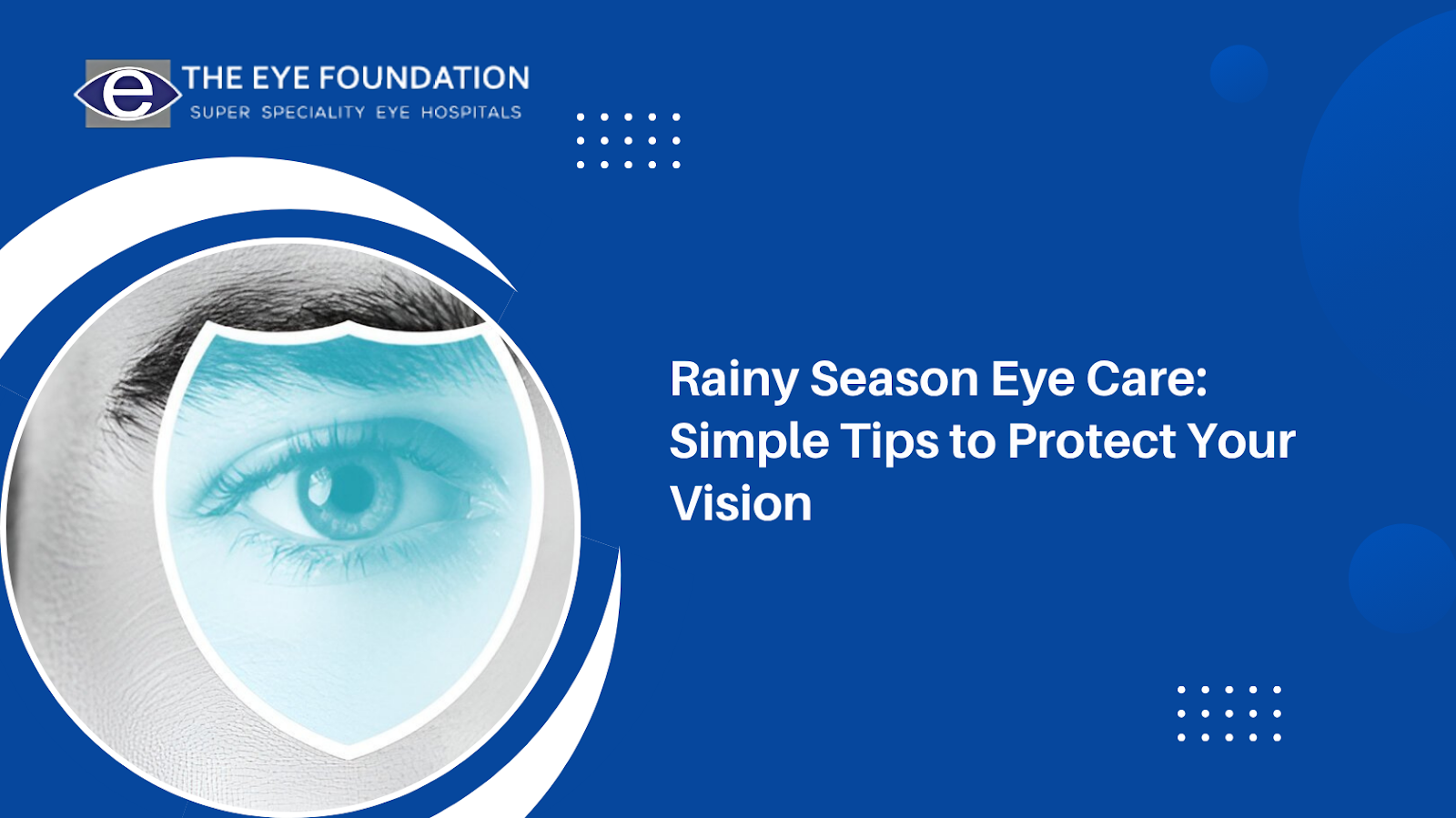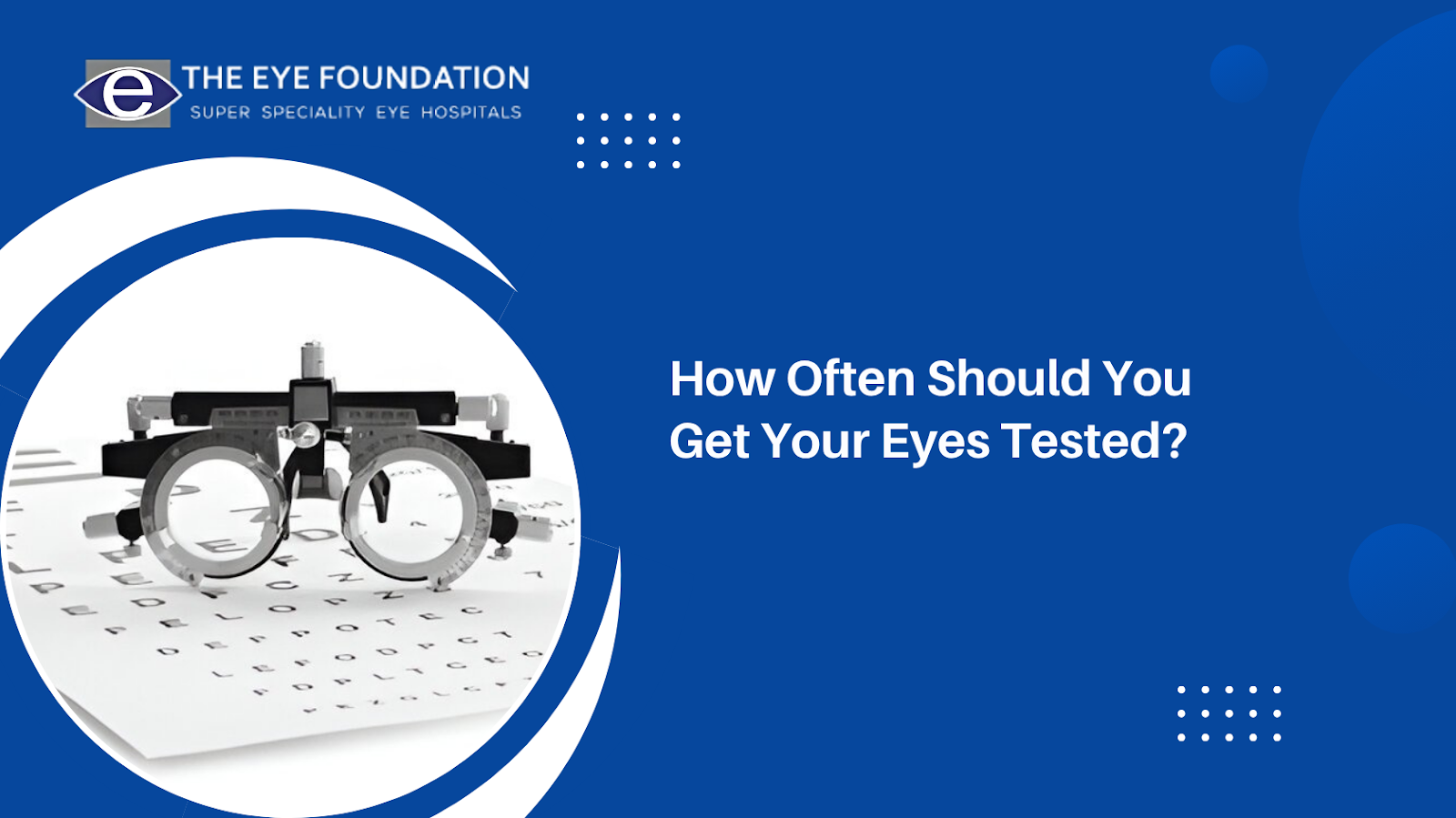Today, we’re spending more time in front of screens than ever - on our phone, our computer, and our television - and while screen time may feel like second-nature, it can be a concern for our health - specifically our eye health. The burning question that always comes up is whether too much time in front of the screen will cause an individual to develop cataracts. Cataracts are one of the most common eye diseases related to aging that is created when the lens of the eye becomes cloudy, creating blurry vision. Age remains the primary risk factor for developing a cataract, but now, there is new evidence that excessive screen time could be a risk factor, too.
The purpose of this blog is to discuss the association between screen time and cataracts, and provide you with information on whether there is a difference in prolonged screen exposure and how it affects the health of your eyes.
The Growing Concern About Screen Time
We are currently living in a time in which digital exposure is part of our daily lives. When it comes to checking our emails and social media on our phone, to attending a virtual meeting on a computer, screen time is nearly routine. The World Health Organization (WHO) reports that the average person spends over 6 hours a day in front of a screen. With the continual rise of online streaming, gaming, and remote work, the amount of time we spend in front of a screen is only increasing even more. Although there are a lot of known risks to prolonged screen time, be it digital eyestrain, or temporary sleep disturbance, the association with screen time and cataracts still remains under research.The Effects of Screen Time on Eye Health
Excessive hours of screen time may affect the eyes in a number of ways. The primary concern is the blue light commonly emitted from screens. Blue light, or high-energy visible (HEV) light, is shorter in wavelength and presents a fairly high-energy when compared to other types of light. While blue light is not inherently dangerous to look at, long exposure may lead to eye fatigue, dry eye, or irritation. A few existing studies suggest that blue light exposure may exacerbate damage to retinal cells, and increase disability if age-related macular degeneration (AMD) is an issue.
So what does this mean for cataracts? Here are some factors that might help explain the connection:
Possible Risks Related to Screen Time for Cataract Formation
Blue Light Exposure:
Exposure to blue light from digital screens may create oxidative stress in the eye. Oxidative stress will damage proteins in the lens of the eye, and may therefore contribute to clouding of the lens associated with cataracts.
Although the quantity of blue light exposure from screens is much lower than that received from the sun, extended exposure to digital screens without a break may contribute to the total amount of blue light exposure over time.
Digital Eye Strain:
Spending hours upon hours in front of screens may develop something called digital eye strain, also referred to as computer vision syndrome. Symptoms for this include eye fatigue, blurry vision, dry eyes, and headache.Digital eye strain doesn't cause cataracts, but the discomfort it creates may encourage excessive blinking, squinting, and make current eye health issues worse over time.
Impact of UV Light Exposure:
You probably know UV radiation from the sun is a recognized risk factor for cataracts. Many of us have jobs where we are sitting indoors on a screen for extended periods, which might make you forget to wear sunglasses to protect your eyes from UV rays. UV exposure and screen time may accelerate cataract development.
The lenses of our eyes absorb UV light naturally; in other words, when we are exposed to UV light repeatedly over our lives, it may degrade and damage the lens of your eye leading to cataracts.
Increased Blink Rate and Dry Eyes:
When someone is on their screen for an extended period, the natural tendency is to decrease their blink rate, potentially leading to dry eyes. Dry eyes may contribute to soreness and fatigue, causing symptoms of eye strain. In the long run, dry eyes and discomfort could cause deterioration of other conditions including cataracts.
How to Protect Your Eyes from Excessive Screen Time:
While there is no absolute evidence that excessive screen time leads to cataracts, it is best to address your eye health by following some recommendations to reduce “risk factors.” Here are some practical tips:
- Follow the 20-20-20 Rule: After every 20 minutes of being on a screen, take a 20 second break and look at something 20 feet away.This can help reduce digital eye strain and help your eyes rest.
- Wear Blue Light Glasses: If you want to lessen the potential exposure to harmful blue light emitted by screens, you might consider wearing blue light blocking glasses.
- Avoid Glare with Anti-Reflective Screens/Filters: If you spend a significant amount of time on a digital screen, look into using anti-reflective filters. These devices will assist with reducing glare from the screen as well as eye strain.
- Distance Yourself from Screen: Eye health includes keeping a distance of at least 20-30 inches from the screen. Also, adjust the screen brightness and contrast to avoid strain.
- Wear UV Protection: Even if you are staying indoors, if you are in a well-lit room with natural light coming from the sun, wearing sunglasses that block UV rays is healthy for your eyes. Even if you are looking out of a window in direct sunlight, you should protect your eyes.
- Lubricate Your Eyes: If your eyes feel dry or itchy, use lubricating eye drops. Remember to shift your focus or blink when using a digital screen.
- Visit Your Eye Care Professional for Eye Exams: Good eye health should also include an examination by an eye care professional. Schedule an eye exam every year to monitor cataract development and other diseases.
Be Proactive About Your Eye Health
More studies will need to be completed to establish a direct connection between factors of screen time and cataract development, but long-term exposure to screens can certainly be damaging to your overall eye health. You can reduce the risks of developing cataracts and other complications by avoiding exposure to screens, protecting your eyes with blue light or UV glasses, taking breaks away from screens, and going to regular eye examinations.
If you have ocular health concerns or have started noticing effects from using a digital screen, you should take the necessary steps.Call The Eye Foundation and arrange for an eye exam. The sooner you identify ocular health issues and intervene, the greater the chance your eyes will maintain health, clear vision, and ocular wellness for a lifetime. Book an appointment today to protect your vision.






